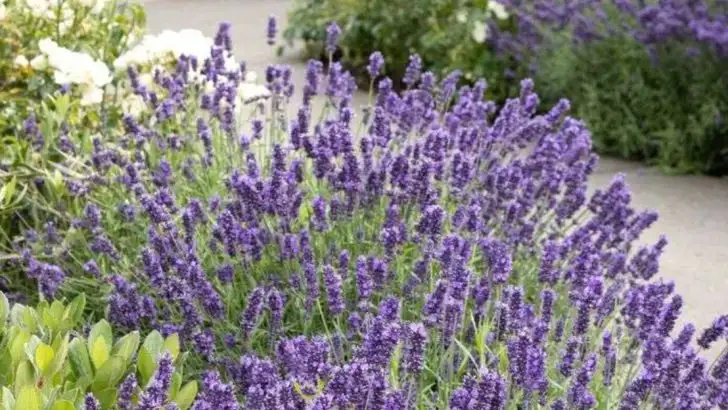Climbing roses bring drama and elegance to any garden, but pairing them with the right companions can truly elevate your outdoor space. Selecting shrubs and perennials that complement their growth habits and bloom cycles creates harmony and continuous interest throughout the seasons.
These 8 shrubs and 6 perennials offer contrasting textures, colors, and heights that highlight climbing roses’ beauty while supporting pollinators and enhancing soil health. Together, they form a stunning and resilient garden design.
In this article, explore the best shrubs and perennials to pair with climbing roses—for a garden that’s as balanced as it is breathtaking.
Lavender
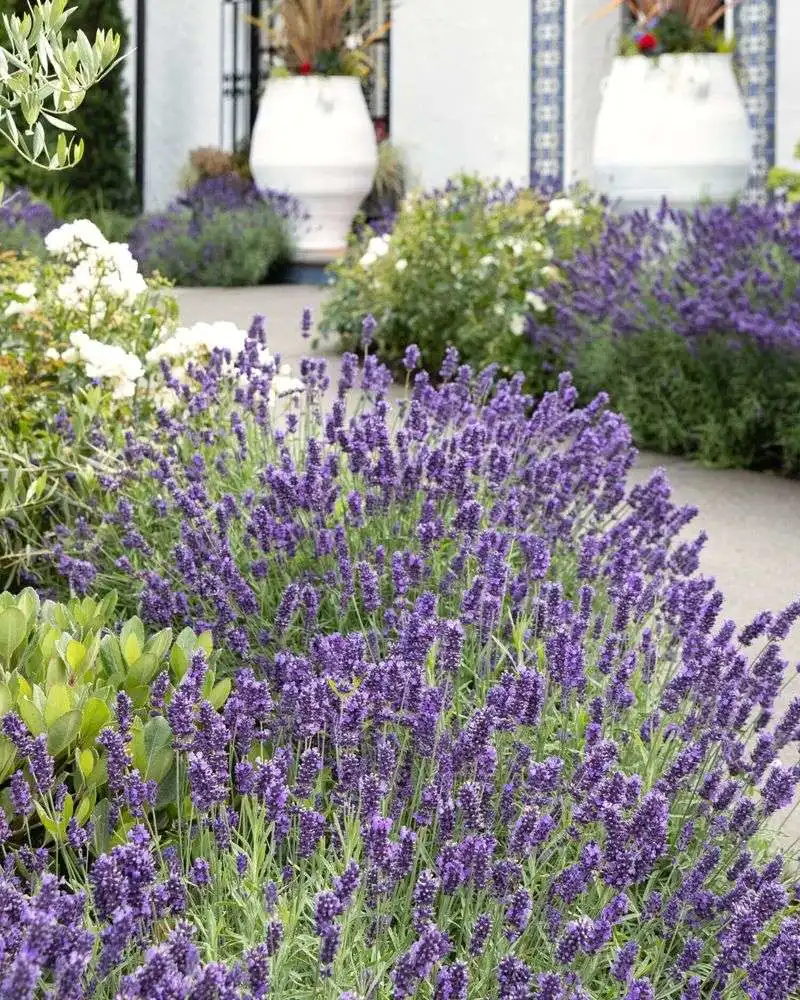
Lavender’s aromatic presence and silvery foliage create a harmonious backdrop for climbing roses. Known for deterring pests while attracting pollinators, it offers utility alongside beauty. The contrast between lavender’s purple blooms and the rich colors of roses creates a visual delight. Lavender thrives in well-drained soil and is drought-resistant, making it a hardy companion. Its calming fragrance adds an extra sensory layer to your garden, providing a tranquil atmosphere. Lavender’s low-maintenance nature ensures that it requires little attention, perfect for gardeners seeking beauty with ease.
Hydrangea
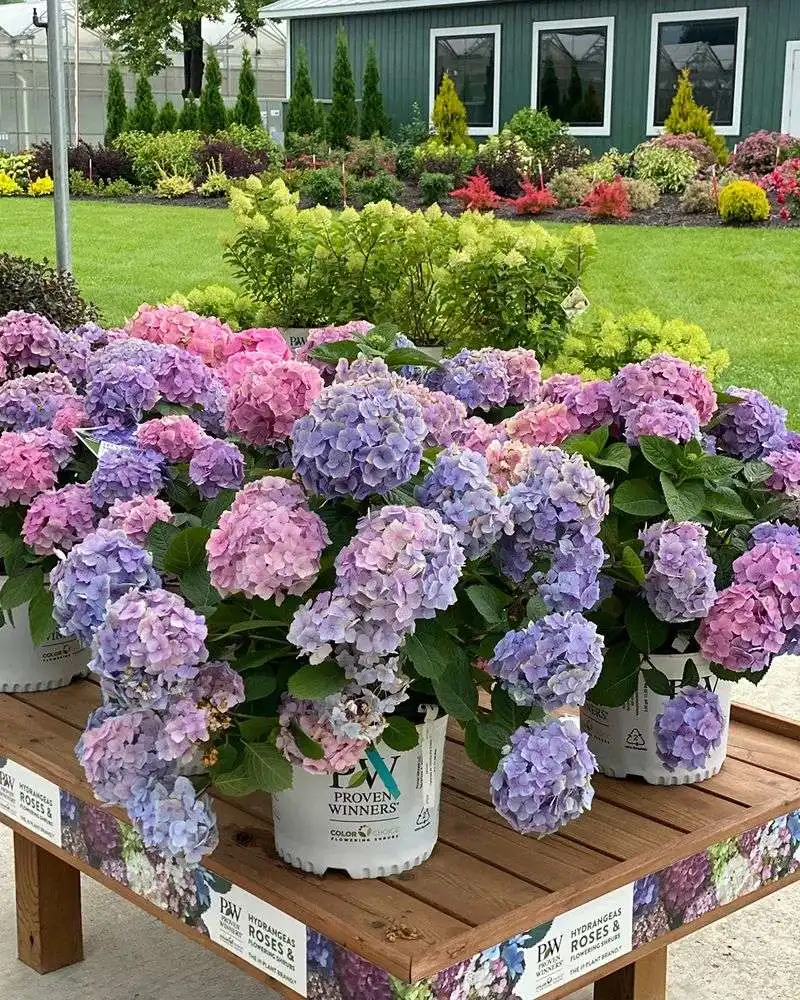
Hydrangeas bring a touch of classic elegance to any garden. These shrubs offer lush foliage and large flower heads, providing a dramatic contrast to the delicate structure of climbing roses. Known for their ability to thrive in partial shade, hydrangeas complement roses that prefer sunlit spots. The diverse color palette, ranging from blues to pinks, enhances any garden’s vibrancy. Hydrangeas also benefit from moist, well-drained soil, aligning well with the needs of roses. Their generous blooms add volume and visual interest, making them a garden’s focal point.
Boxwood

Boxwood’s evergreen nature provides year-round structure and formality to gardens, perfectly accentuating the beauty of climbing roses. Its dense, green foliage acts as a beautiful frame for the vibrant roses. Boxwoods are highly versatile, thriving in both sun and shade, and are easily shaped into hedges or standalone topiaries. They offer an elegant, structured contrast to the free-form nature of roses. Low maintenance and long-lived, boxwoods are ideal for gardeners who appreciate structure and ease. Their ability to withstand pruning makes them adaptable to various garden styles.
Spirea

Spirea offers a delicate beauty with its abundant clusters of soft white or pink flowers. These blooming shrubs create a lovely contrast to the bold and rich hues of climbing roses. Known for their hardiness, spireas are suitable for a range of climates and garden conditions. They thrive in full sun and are drought-tolerant once established. The feathery, arching branches of spirea add texture and movement to the garden, complementing the more rigid form of climbing roses. They’re an excellent choice for adding a touch of grace and resilience.
Forsythia
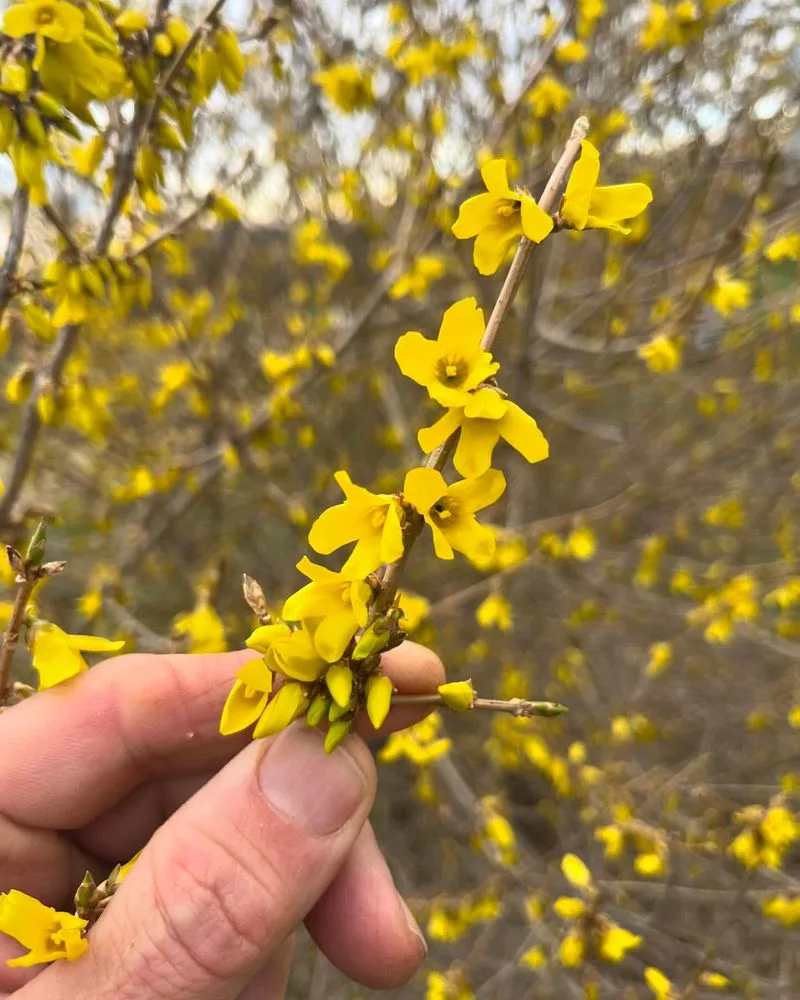
Forsythia is a beacon of early spring, ushering in the season with its vibrant yellow blooms. This shrub provides a stunning contrast to the softer tones of climbing roses. Its early flowering period ensures interest in the garden even before the roses awaken. Forsythia thrives in full sun and well-drained soil, making it a reliable companion to roses. Its hardy nature and rapid growth offer quick coverage and a splash of color. Pruning after blooming keeps it tidy, aligning well with garden maintenance routines, and ensuring a fresh look.
Lilac

Lilacs bring not only visual beauty but also a heady fragrance to the garden. Their lush clusters of purple flowers make a striking partner for climbing roses. Lilacs thrive in rich, well-drained soil and full sun, similar to roses, ensuring a harmonious coexistence. Their blooms attract butterflies and other pollinators, enhancing the garden’s ecological balance. With proper pruning after flowering, lilacs maintain their shape and vitality. Their nostalgic scent and vibrant display make them a cherished addition to any garden landscape, offering both beauty and charm.
Holly

Holly adds a touch of winter magic to the garden with its glossy green leaves and bright red berries. This shrub provides color and texture even in colder months, complementing the seasonal beauty of climbing roses. Holly thrives in a range of soil types and conditions, including partial shade, making it versatile and easy to care for. Its dense foliage offers structure and contrast to the roses’ blooms. Holly is also a traditional symbol of winter cheer, adding festive charm to the garden, and it provides shelter for garden birds.
Rhododendron
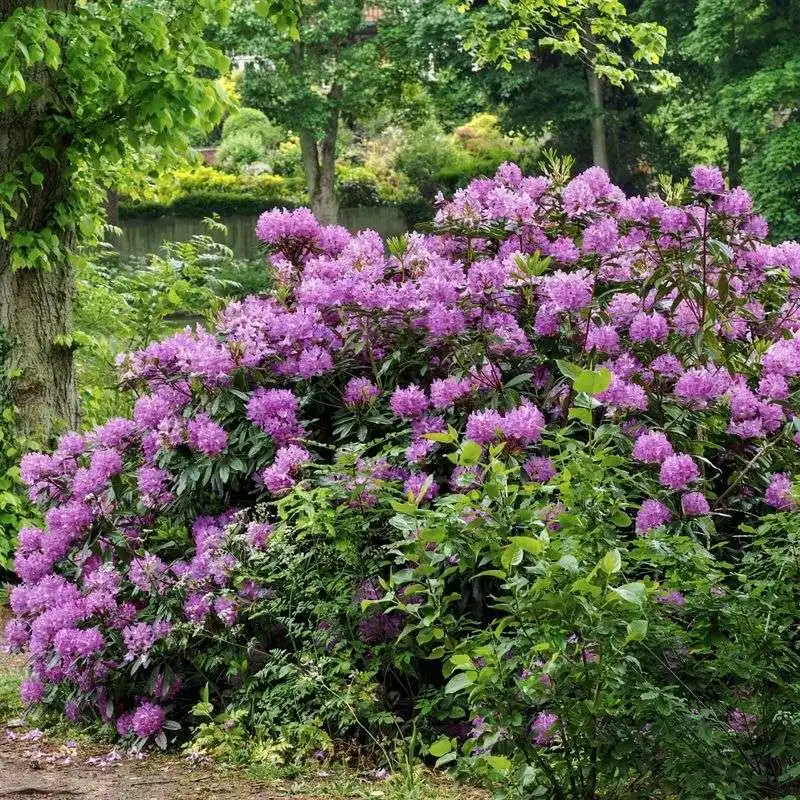
Rhododendrons are known for their showy blooms and glossy leaves. Their vibrant colors and large flower clusters make them a dramatic companion to climbing roses. These shrubs thrive in acidic, well-drained soil and prefer partial shade, which can create a balanced environment with sun-loving roses. Rhododendrons add depth and color diversity to the garden, especially in spring when they burst into life. Their evergreen foliage provides year-round interest and structure. With careful soil management, rhododendrons can flourish alongside roses, offering a colorful and harmonious garden experience.
Peony
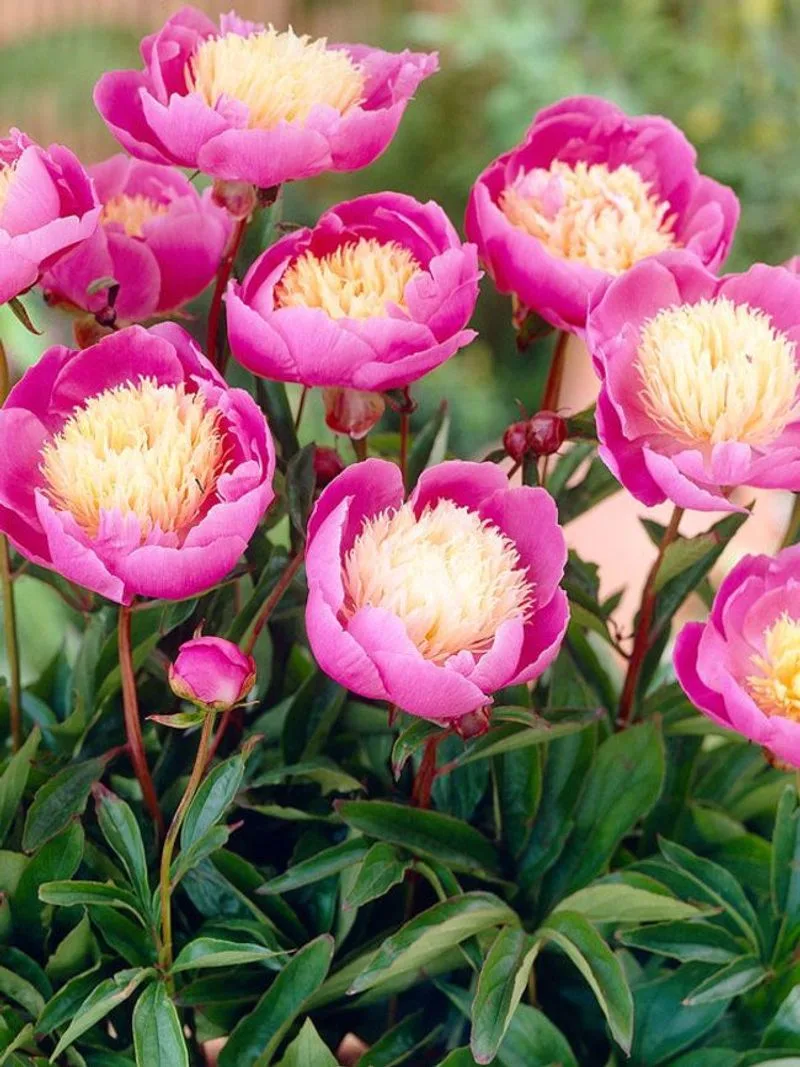
Peonies, with their lush, fragrant blooms, bring a sense of romance to any garden setting. Their large, ruffled flowers create a stunning contrast to the structured elegance of climbing roses. Peonies thrive in full sun and well-drained soil, sharing similar growth needs with roses. Their blooms appear in late spring to early summer, providing a seasonal transition as roses continue to flourish. Known for their longevity, peonies can thrive for decades, requiring minimal intervention. Their captivating beauty and ease of care make them a favorite among gardeners seeking timeless appeal.
Salvia

Salvia, known for its spikes of vibrant flowers, adds height and color to the garden. Its vertical growth complements the climbing nature of roses, creating an intriguing contrast. Salvia thrives in full sun and well-drained soil, making it a resilient choice alongside roses. Its blooms attract hummingbirds and bees, enhancing the garden’s biodiversity. Salvia’s long flowering season extends the visual interest in the garden, bridging the gap between the blooming periods of roses and other perennials. This versatile perennial is perfect for adding a splash of color and movement.
Hosta
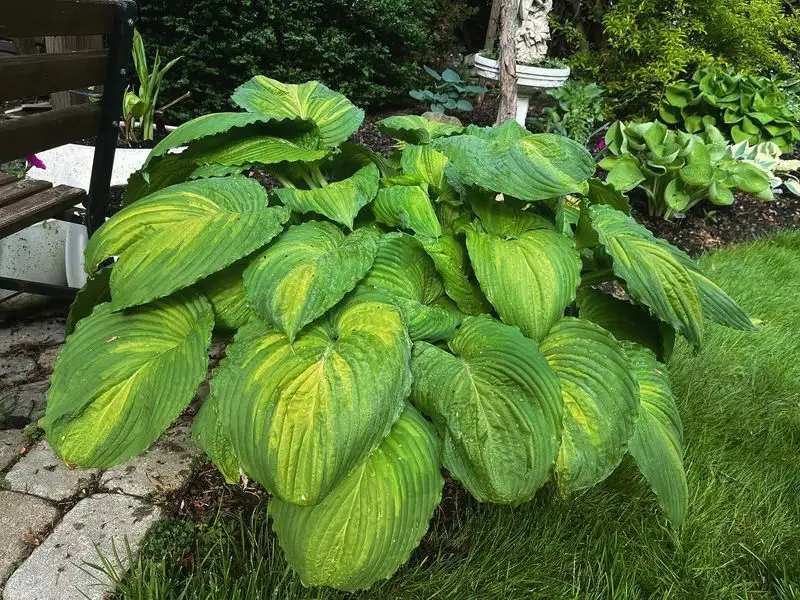
Hostas, with their lush foliage, add texture and depth to shaded garden areas. Their broad leaves create a striking contrast with the delicate blooms of climbing roses. Although hostas are primarily grown for their foliage, their flowers can also provide subtle interest. They thrive in partial to full shade, making them ideal companions for roses planted in less sunny spots. Hostas are low-maintenance and can adapt to various soil conditions, ensuring ease of care. Their ability to fill in garden gaps with greenery makes them indispensable for creating a cohesive garden design.
Daylily
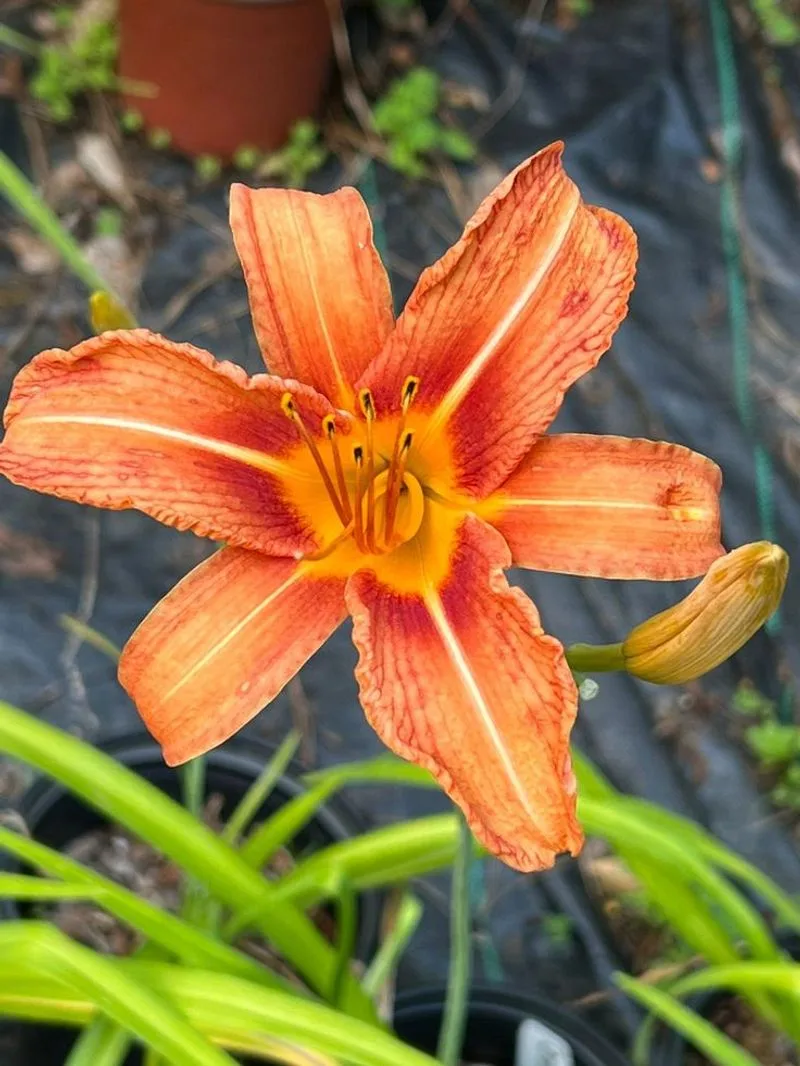
Daylilies are renowned for their resilience and vibrant blooms, making them ideal companions for climbing roses. Their trumpet-shaped flowers add a bold splash of color that complements the more traditional hues of roses. Daylilies thrive in full sun and well-drained soil, sharing similar growing conditions with roses. Their extended blooming period ensures continuous color throughout the summer. Daylilies’ adaptability and minimal maintenance requirements make them a favorite among gardeners. With the ability to thrive in diverse environments, they provide a reliable and attractive addition to any rose garden.
Astilbe
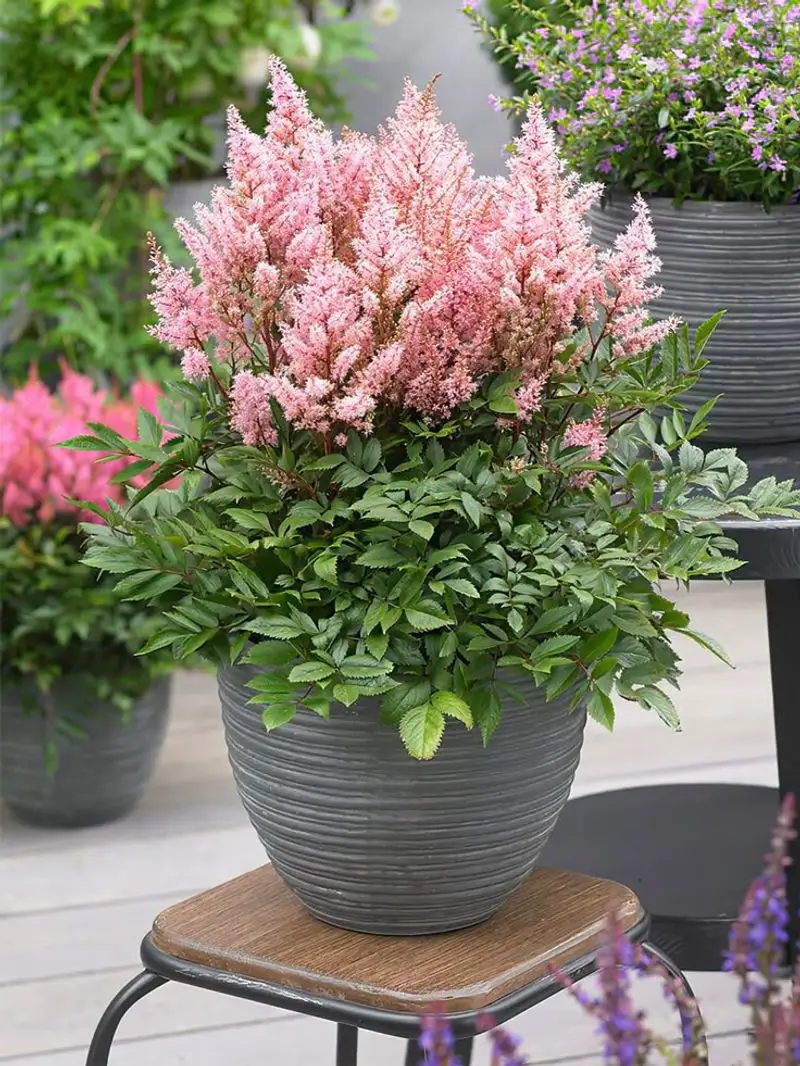
Astilbe is celebrated for its feathery plumes and lush, fern-like foliage. These perennials add a soft, textured element to gardens, beautifully complementing the structured elegance of climbing roses. Astilbe thrives in moist, shaded areas, making it perfect for gardens that include shaded spots. Their blooms, ranging from soft pinks to deep reds, add a vibrant touch to any garden scene. Astilbe’s tolerance to wet conditions and minimal maintenance needs make it a practical choice. Their elegant, plume-like flowers continue to add visual interest long after the roses bloom.
Echinacea
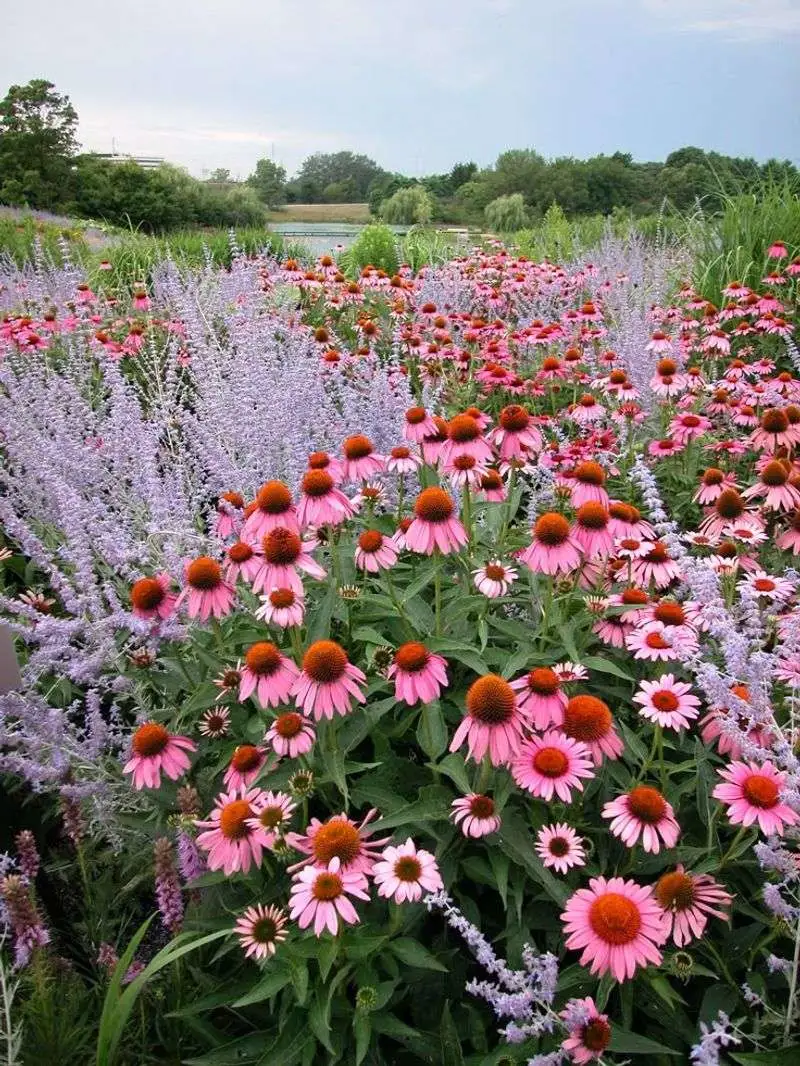
Echinacea, or coneflowers, bring a wild, meadow-inspired charm to gardens. Their tall, daisy-like flowers create a striking contrast with the refined beauty of climbing roses. Echinacea thrives in sunny spots and well-drained soil, making it a low-maintenance companion for roses. Their blooms attract pollinators, supporting a healthy garden ecosystem. Known for their medicinal properties, echinacea adds both beauty and utility to the garden. With a long blooming season, they ensure vibrant color from summer into fall. Echinacea’s resilience and charming appearance make it a beloved choice for gardeners.

